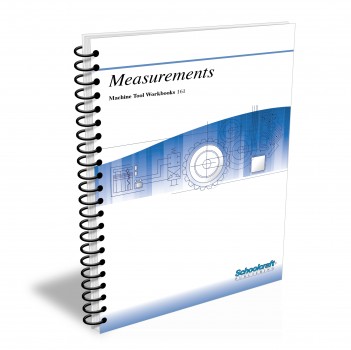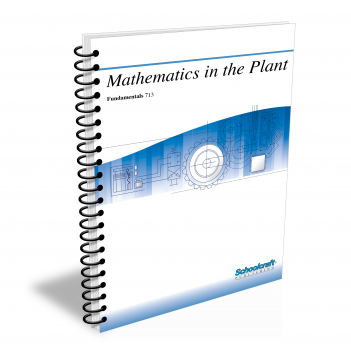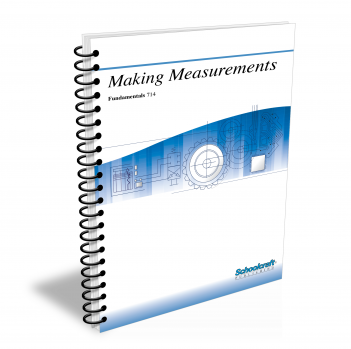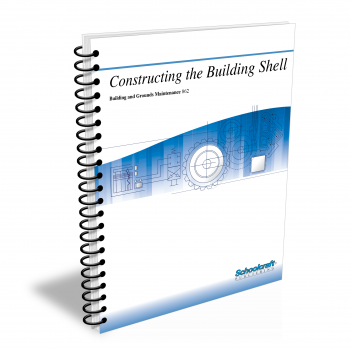Introduction to Carpentry
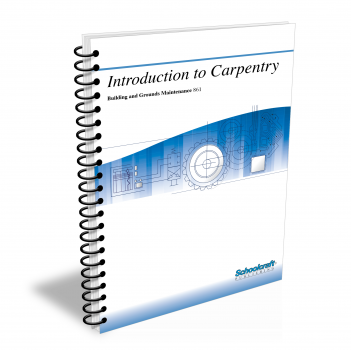
Course Number: 861
The Introduction to Carpentry textbook gives students and new trainees a grasp of the basics of carpentry. This course aims to familiarize persons who have had no carpentry experience with the tools and materials of the trade. It covers specifications, estimating procedures, codes, and how to read prints and plans.
Does your curriculum require additional topics not included in this textbook? Build a customized version of the Introduction to Carpentry textbook below.
Recommended Contact Hours – 10
Preview a Chapter
Available Supporting Material
- Table of Contents
- Exam Copies
- Suggested Titles
Table of Contents
Chapter 1: Layout and Hand Tools
Topics: Safety clothing, accessories, and equipment; Layout tools; Framing square; Chalk box and line; Vises and clamps; Hand tools
Learning Objectives:
- Identify the safety equipment that a carpenter should wear to protect his eyes, hands, and feet.
- List the twelve common layout tools mentioned in this Lesson.
- Describe how to check the accuracy of a framing square.
- Tell how you would acquire the hand tools you need as a carpenter trainee.
- Point out the features that you'd look for when buying your own toolbox.
Chapter 2: Carpenter's Power Tools
Topics: Power tool safety; Circular, saber, and reciprocating saw; Power drill and plane; Routers; Sanders; Nailers and tackers; Powder-actuated tools
Learning Objectives:
- List the twelve safety rules for power tools mentioned in this Lesson.
- Explain how to mount a new blade properly in a circular saw.
- Tell how to start and finish a cut with a circular saw.
- Describe how to drill wood safely with a power drill.
- Tell how to shape an edge with a router.
- Identify the three steps involved in sanding a surface with a finishing sander.
Chapter 3: Lumber, Wood Products, and Fasteners
Topics: Hardwood vs softwood; Lumber sizing, grades, and defects; Moisture content; Millwork; Plywood; Hard and particle board; Storage; Nails; Screws
Learning Objectives:
- Describe the difference between the actual and nominal dimensions of lumber.
- Tell how defects such as checks, knots, and warping limit the value and use of lumber.
- Explain how kiln drying of lumber produces different results from air drying.
- Point out the differences between solid core and veneer core plywood.
- Describe the construction and uses of particleboard.
- Compare common nails, casing nails, and finishing nails.
- List the information you must give your supplier when ordering wood screws.
Chapter 4: Estimating Carpentry Costs
Topics: Ordering materials; Reducing and using waste material; Bill of materials; Preparing a cost estimate; Tips for organizing a task
Learning Objectives:
- Explain the difference between a board foot and a linear foot of lumber.
- Describe the relationship between a bundle and a square of roofing shingles.
- List the information contained in a bill of material.
- Name the factors you need to prepare a cost estimate for labor on a job.
- Point out some of the things you must do before beginning a job, so the work goes smoothly.
Chapter 5: Plans, Specifications, and Codes
Topics: Reading drawings; Dimensions on drawings; Symbols in drawings; Equipment schedules; Building codes and permits; Zoning laws
Learning Objectives:
- Name the features of a building that you'll find in the plan and elevation views.
- Demonstrate how to use an architect's scale and a draftsman's scale.
- List at least four building features whose details are contained in the specifications.
- Explain why building codes are necessary in the construction industry.
- Describe the information you must submit to obtain a building permit.
Request Exam Copies
Exam Copies
Ready to see a copy of our textbooks? After selecting which textbooks you’d like to review for your course, you can submit your request by either logging in or creating an account so we know where to ship your exam copies. A representative from Schoolcraft will contact you to confirm and finish processing your request.
Exam copies are always free and yours to keep.
Selected Exam Copies
none selected
* Maximum of five copies can be ordered
